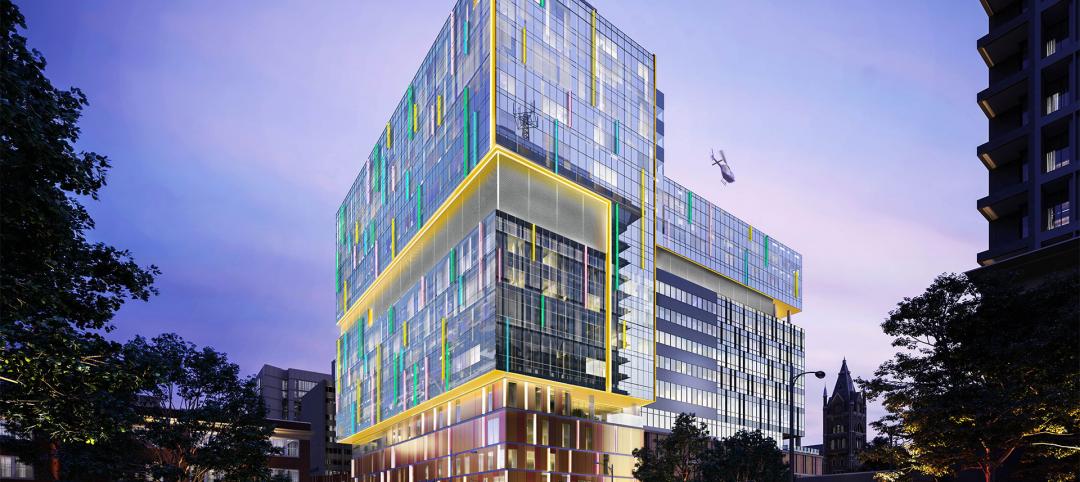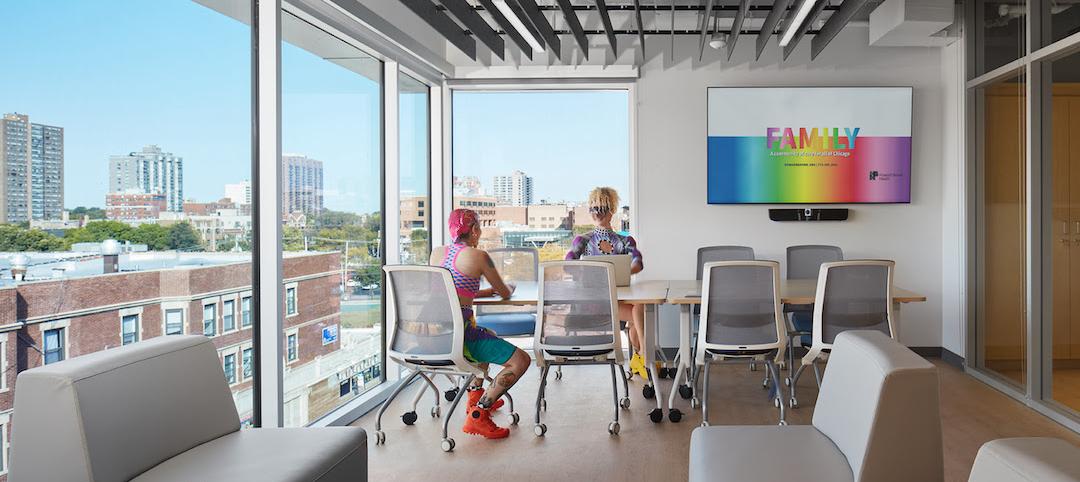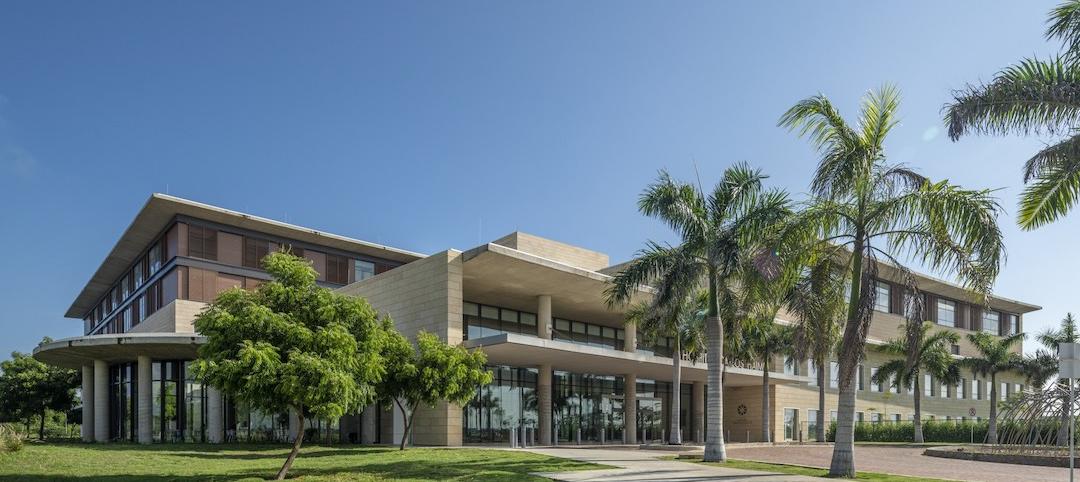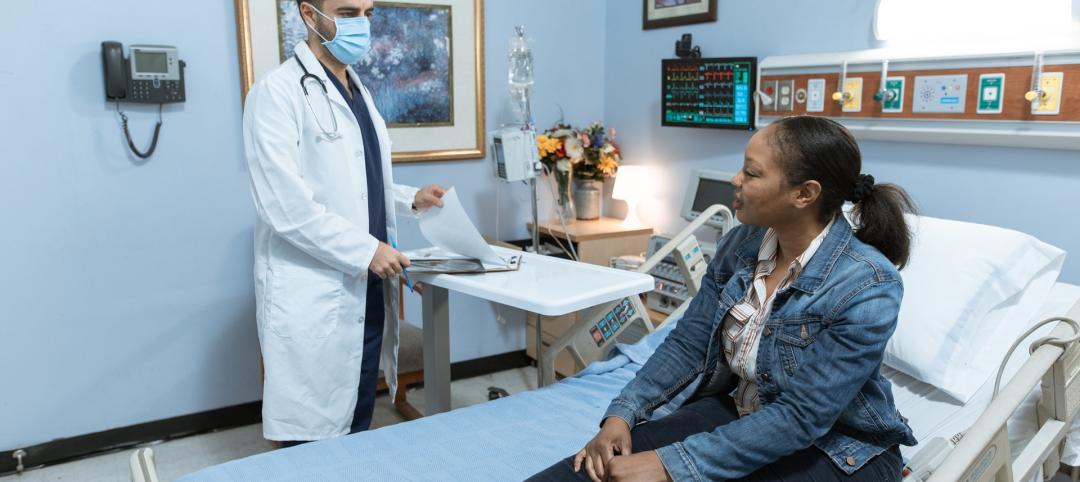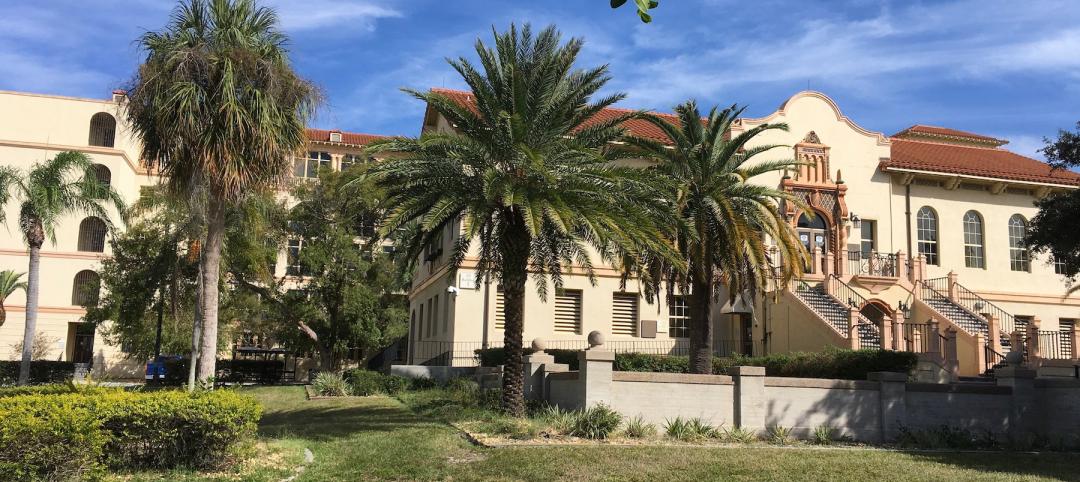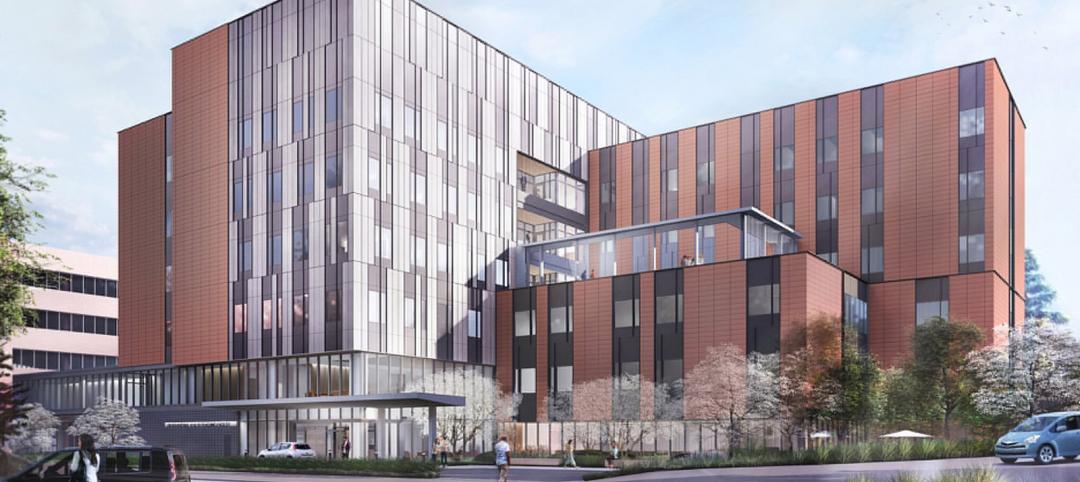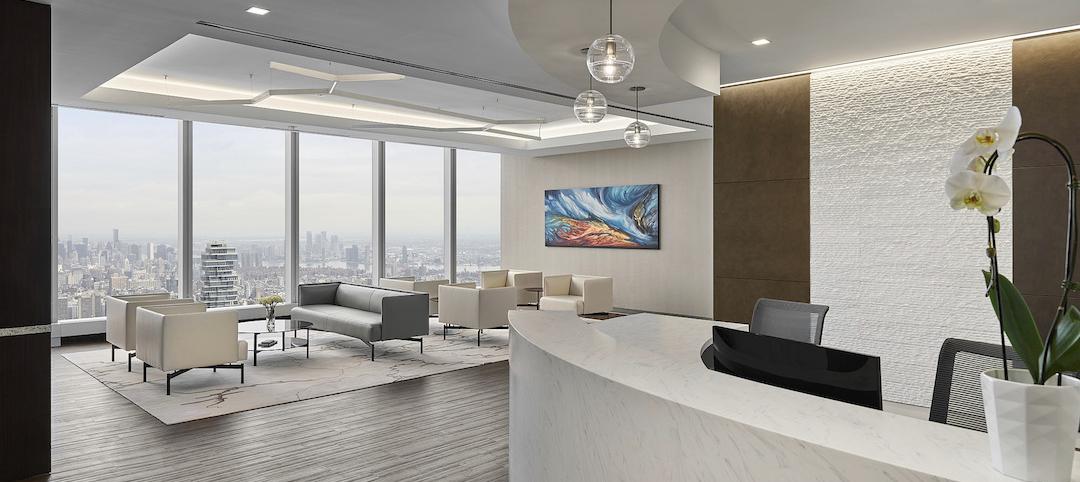The nearly 7,100 urgent care centers operating in the U.S. see nearly 160 million patients a year, according to the latest estimate by the Urgent Care Association of America (UCAOA). To say the competition for these patients is fierce would be an understatement: Urgent care is about as close to retail as healthcare gets.
According to the UCAOA’s 2015 “Benchmarking Survey,” urgi-centers are open an average 4,100 hours a year (equivalent to about 12 hours a day); 96% are open seven days a week. One-third (34.1%) are located in shopping centers or strip malls; another third (33.2%) are in freestanding buildings. The rest are in medical office buildings (19.1%) and mixed-used facilities (13.6%). Physician groups and investors own the greatest share of urgi-clinics, nearly 40%.
For-profit retail chains predominate, led by the Concentra division of Select Medical (300 urgi-centers in 40 states) and U.S. HealthWorks Medical Group (174 centers, 21 states). Corporate and non-physician investors control 23% of urgi-clinics, according to the UCAOA.
Health systems have been developing their own networks of urgent care clinics. Hospitals, either individually or in joint ventures, run 37% of U.S. urgent care centers. Ted Matson, Vice President of Strategy for Sutter Health, which operates 24 urgent cares in Sacramento, Calif., recently compared these clinics to retail shopping centers because they provide lower cost and faster service compared to visiting a doctor’s office.
Other health systems with multiple urgent care centers in their portfolios: Dignity Health, which operates 41 urgi-clinics under its banner, with eight more planned for this year (in 2013, Dignity acquired U.S. HealthWorks, which operates more than 200 occupational health and urgent care centers in 22 states); Centra Care – Florida, Maryland, and Kansas (38); Aurora Health Care – Wisconsin (34); Intermountain Health Care – Utah (32, plus six co-located pediatric urgent care centers); and Carolinas HealthCare System – North Carolina (29).
“Design is now focused on branding,” says Luis Cano, AIA, LEED AP, EDAC, NCARB, Principal and Senior Vice President in the Miami office of Gresham Smith and Partners.
GS&P designed its first urgent care center 14 years ago. Since then its healthcare work has been exclusively for hospitals, which see urgent care as a way to “project their influence into geographic areas where they otherwise wouldn’t be,” says Cano. Architecturally, he says, the brand “perpetuates the cohesiveness of the healthcare system.”
GS&P’s hospital clients don’t usually come in with preconceived ideas for the design of their clinics, but they do know what works for them, says Cano. “They listen to us, and what we come up with could be a different solution for each client,” he says.
GS&P is the architect on two urgent care centers for Jackson Health System, which last September opened its first UHealth Jackson Urgent Care center, a 4,100-sf facility in Miami’s Country Walk Plaza. In 2017, Jackson Health System plans to open urgi-cinics in North Miami, Doral, and Cutler Bay, and at its existing North Dade Health Center, Miami Gardens.
Other AEC firms involved in UHealth Jackson projects: MGE Architects, G&G Engineering Group, Gartek Engineering, RC Construction, Harbour Construction, and BDI Construction.
Brian Martin, AIA, LEED AP, EDAC, Senior Designer in SmithGroupJJR’s Healthcare Studio, in Washington, D.C., is also seeing urgent care centers popping up in local retail spaces. “We have to design them for the specific needs of their locations,” which he says limits his firm’s leeway over the design.
Urgent care centers are considered ambulatory construction, using a B-plus business occupancy standard. Their construction budgets are bare bones. “They are not intended to be flagships,” says Martin.
Martin believes the Walmartization of healthcare at the retail level will continue. His firm has worked with one of the nation’s biggest healthcare systems, Kaiser Permanente, to develop what could be a template for urgent care centers. “The providers are realizing cost efficiencies on their own,” he says.
Related Stories
Healthcare Facilities | Dec 15, 2021
COVID-19 has altered the speed and design of healthcare projects, perhaps irrevocably
Healthcare clients want their projects up and running quicker, a task made more complicated by the shortage of skilled labor in many markets.
Healthcare Facilities | Dec 15, 2021
MEP design considerations for rural hospitals
Rural hospitals present unique opportunities and challenges for healthcare facility operators. Oftentimes, the infrastructure and building systems have not been updated for years and require significant improvements in order to meet today’s modern medical demands. Additionally, as these smaller, more remote hospitals are acquired by larger regional and national healthcare systems, the first step by new ownership is often to update and rehabilitate the building. But how can this be done thoughtfully, economically, and efficiently in ways that allow the engineering and facility staff to adapt to the changes? And how can the updates accurately reflect the specific needs of rural communities and the afflictions with which these areas most commonly face?
Healthcare Facilities | Dec 7, 2021
Wheeler Kearns Architects completes Howard Brown Health’s Broadway Youth Center in Chicago
The new facility will provide medical and social service programs to LGBTQI+ youth.
Healthcare Facilities | Nov 23, 2021
Why vertical hospitals might be the next frontier in healthcare design
In this article, we’ll explore the opportunities and challenges of high-rise hospital design, as well as the main ideas and themes we considered when designing the new medical facility for the heart of London.
Healthcare Facilities | Nov 12, 2021
Centro Hospitalario Serena Del Mar is Safdie Architects’ first project in Latin America
The hospital project is characterized by its connectivity to nature.
Healthcare Facilities | Nov 2, 2021
Key design considerations for designing the smart patient room
The complete patient experience encompasses the journey to the hospital, the care experience, and the trip back home. All these touchpoints come with an expectation.
Cladding and Facade Systems | Oct 26, 2021
14 projects recognized by DOE for high-performance building envelope design
The inaugural class of DOE’s Better Buildings Building Envelope Campaign includes a medical office building that uses hybrid vacuum-insulated glass and a net-zero concrete-and-timber community center.
Healthcare Facilities | Oct 22, 2021
The VA is updating what once was the main hospital on a Florida medical campus
The renovated Building One will provide outpatient services.
Healthcare Facilities | Oct 21, 2021
UW Medical Center starts construction on Behavioral Health Teaching Facility
Will add much-needed patient bed capacity for Seattle.
Healthcare Facilities | Oct 20, 2021
Ware Malcomb completes Princeton Longevity Center at 1 World Trade Center
The project is located on the 71st floor.



